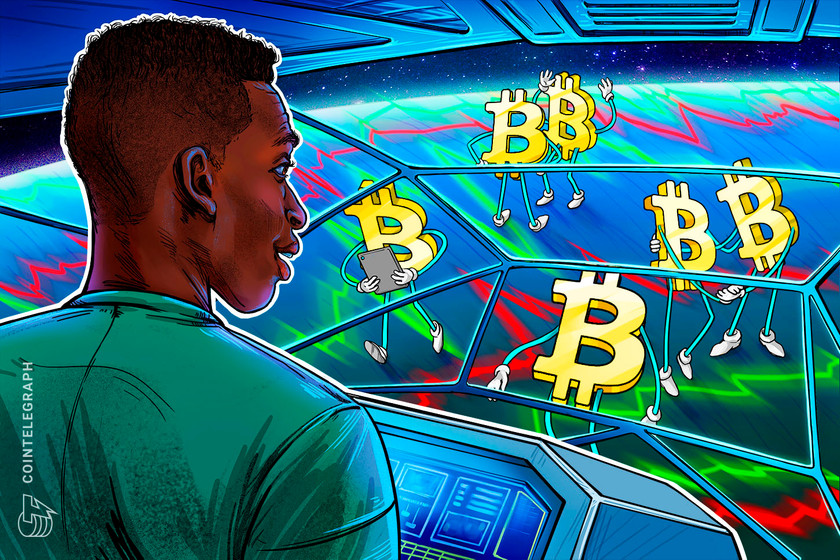The crypto market has seen its most extensive greens after a long time of the bearish trend in the market. The event followed the positive report on CPI (Consumer Price Index) given by the U.S. Bureau of Labor Statistics in July. This announcement became the major push on the prices of Bitcoin and Ethereum. The CPI as of July dropped lower than the anticipated 8.5%, according to past reports. However, this doesn’t seem to contribute positively to potential inflation. To this effect, experts are now expressing concern about what they consider sticky inflation. The Managing Principal at Enduring Investments LLC, Michael Ashton, has revealed what he thought to be the reason for the reduced CPI. According to Ashton, the significant factors that contributed to the reduced CPI were flexible items. He stated that some examples of such flexible items are apparel and airfare. Related Reading: The Upcoming Merge Will Not Reduce Gas Fees, Clarifies Ethereum Foundation This, however, will not affect some sticky areas of the economy, he added. For example, the prices of certain sticky economic parts, such as rent, will keep rising regardless of the reduced CPI. He further stated that there would be a continuous acceleration in the sticky inflation index. Moreover, there is no promise that the inflation rise in the U.S. economy will come to a stop any time soon, he added. Inflation Impact On Crypto Assets Presently, there is a strong rally in the digital currency industry. This is an effect of the positive CPI (Consumer Price Index) report. In addition, many altcoins, including Bitcoin and Ethereum, have hit a new high after a long period of bearish price movements. Bitcoin currently trades at a price lower than $24,000. Meanwhile, Ethereum is trending below $1,900. This is a result of solid market sentiment in the industry. Overview Of U.S. Bureau Of Labor Statistics Data Consumer Price Index is an effective indicator that provides accurate information about the inflation state of the U.S. economy. The United States department in charge of the CPI reports is the U.S. Bureau of Labor Statistics. Usually, this department provides reports on the CPI every month. Meanwhile, the department that controls high inflation in the country is the Federal Reserve. This group achieves its objectives through interest rate hikes and quantitative tightening. Reports in June cited the fall in cryptocurrencies and a severely aggressive Fed due to over-increased CPI. This also brought BTC to one of its worst states at the time. Moreover, the stock markets were not left out during this period, as many stocks fell at different prices. Related Reading: Bitcoin May Hit $10K As Price Slides Pre-FOMC Meeting So, it is not advisable to invest in digital currencies at the moment, Ashton cautions crypto investors. This is due to the insecurity of inflation hedges. To this effect, he advised investors to opt for tangible assets. He cited examples of real assets: real estate, agriculture, precious metal, and energy. Featured image from Pixabay, Charts from TradingView.com




